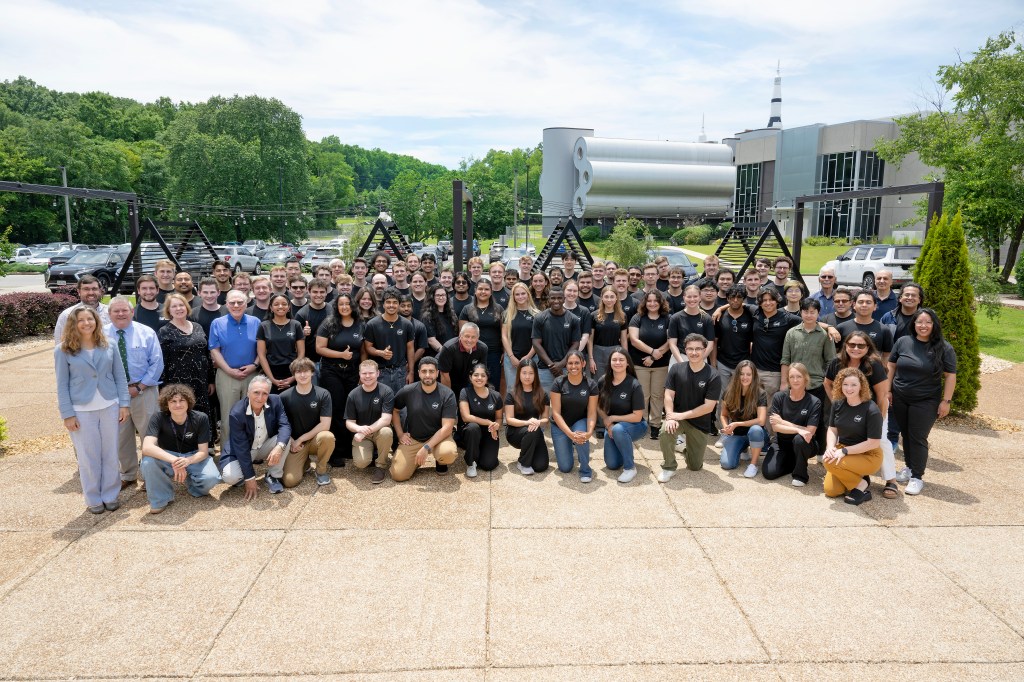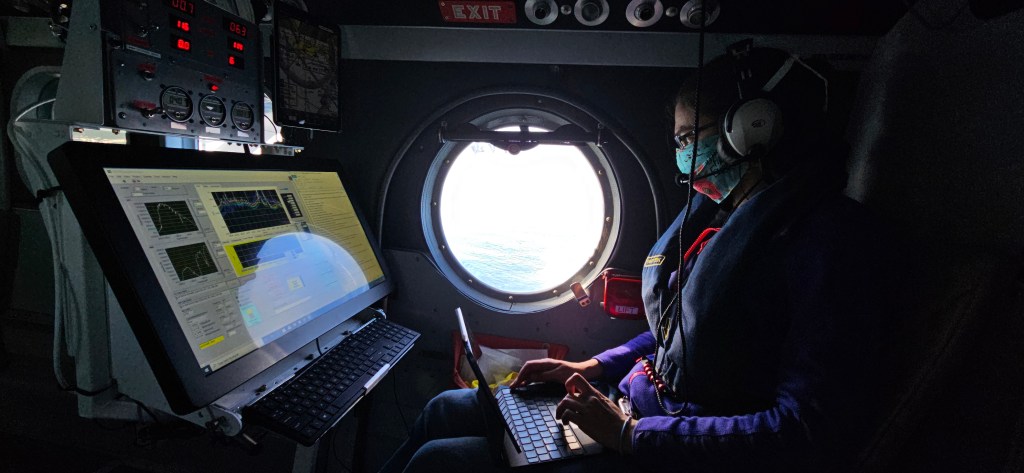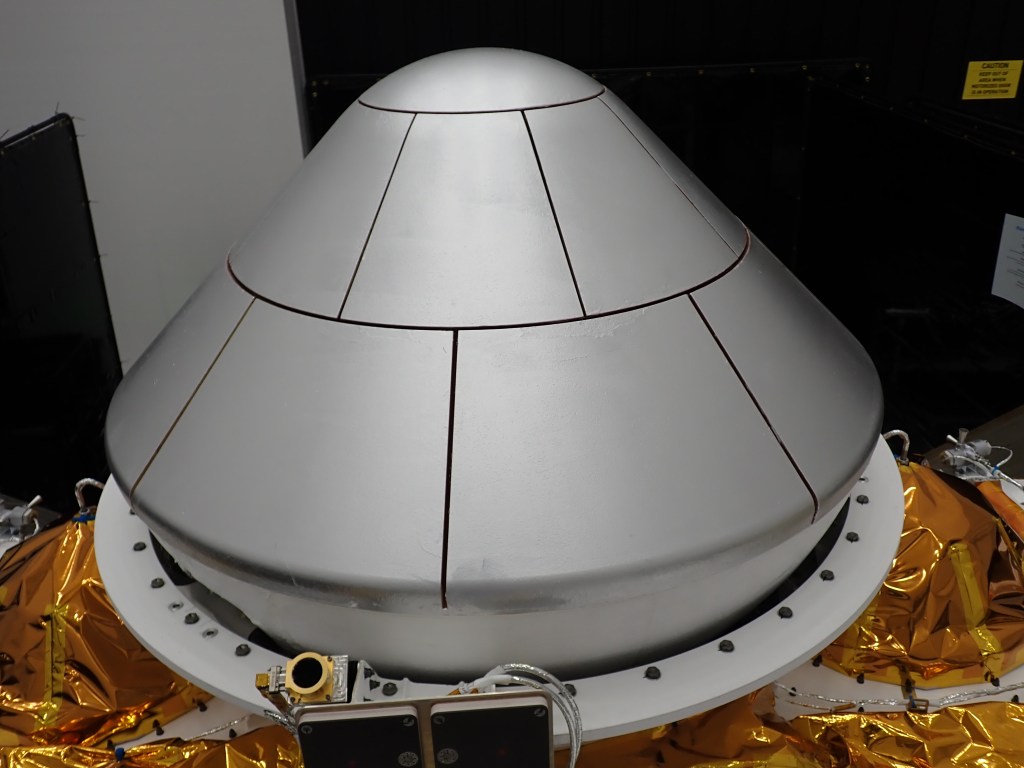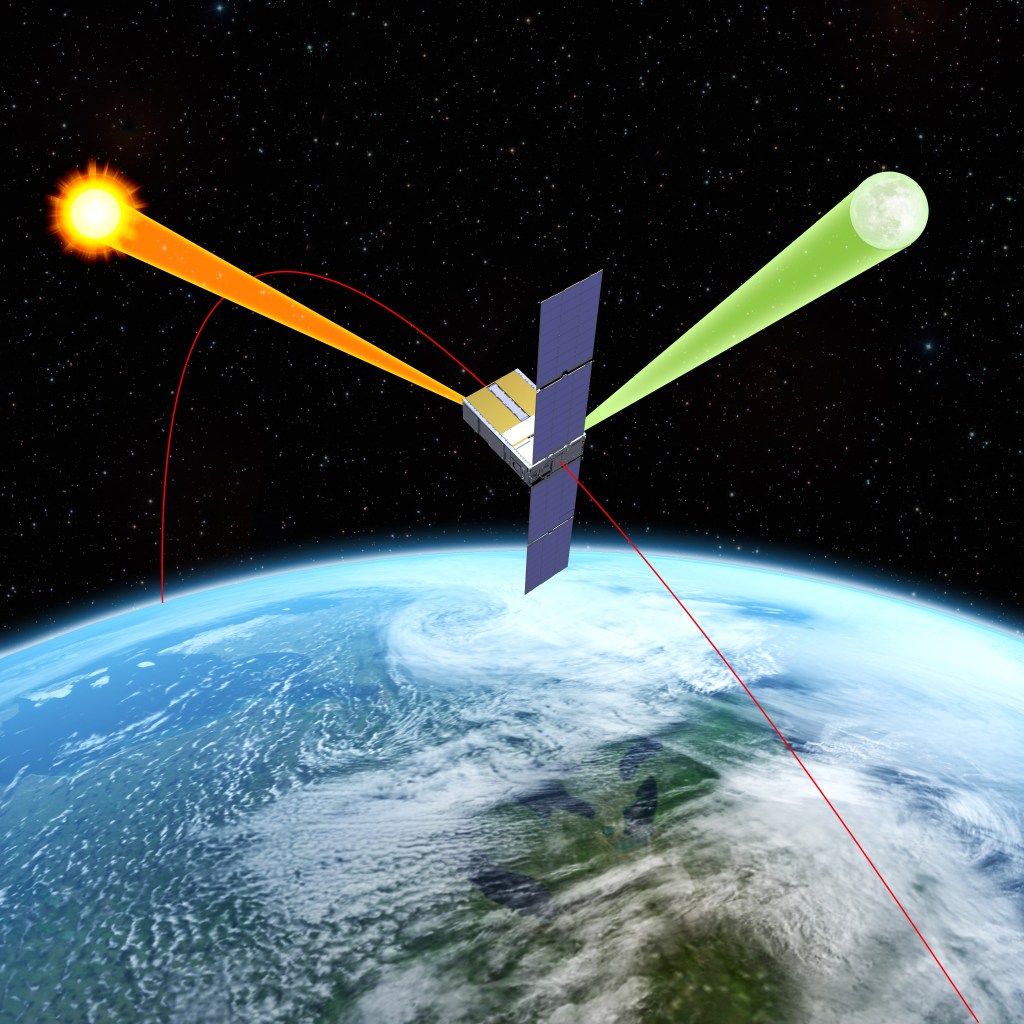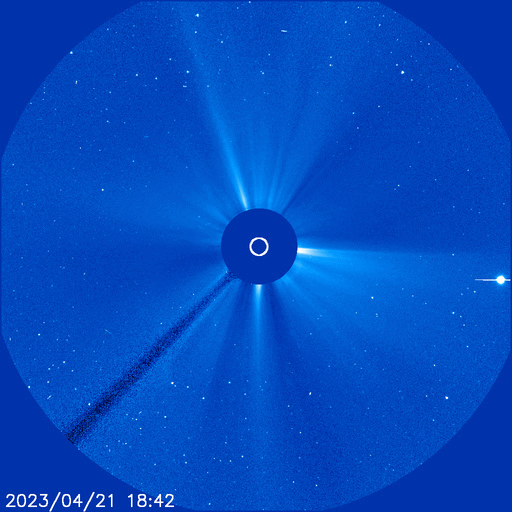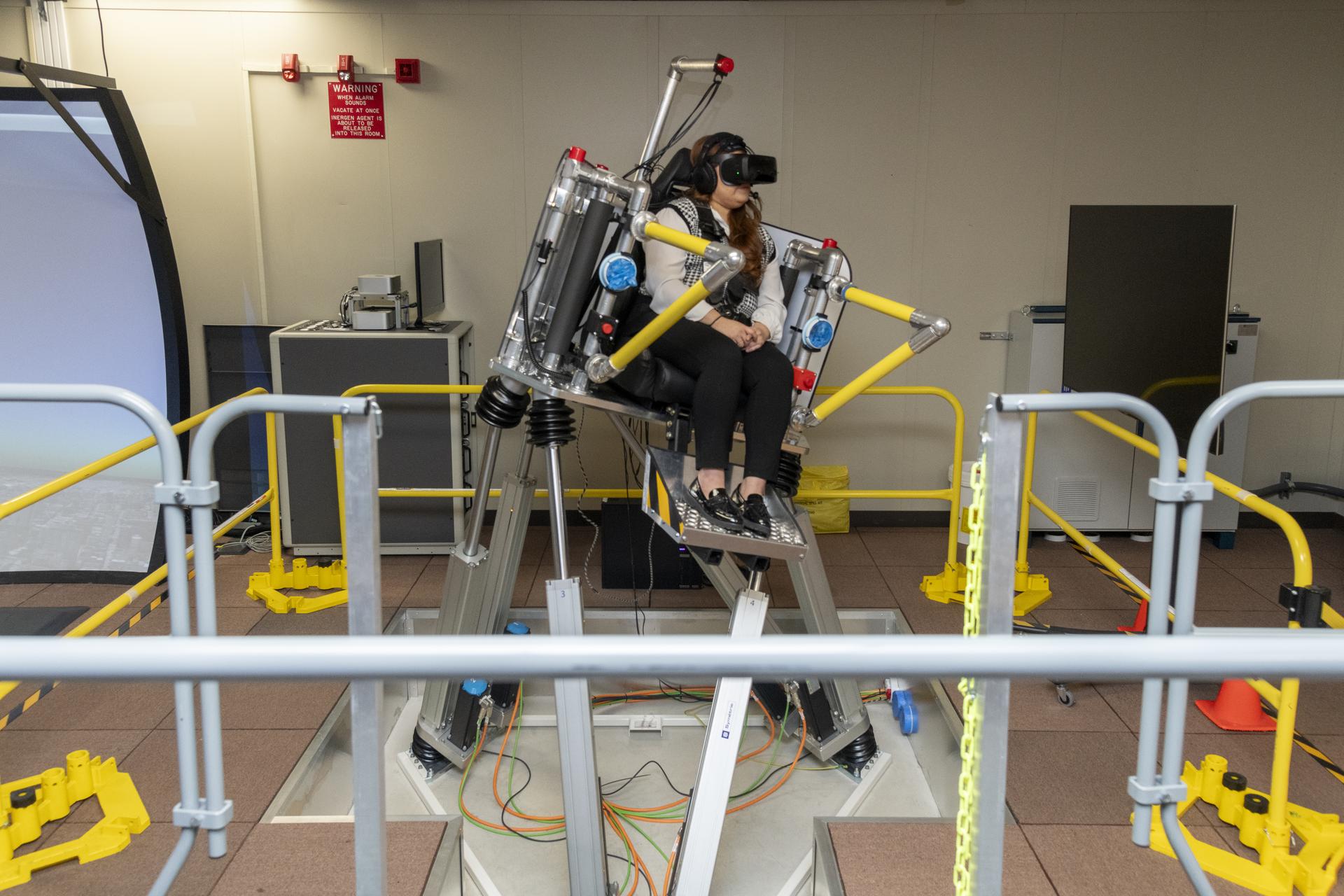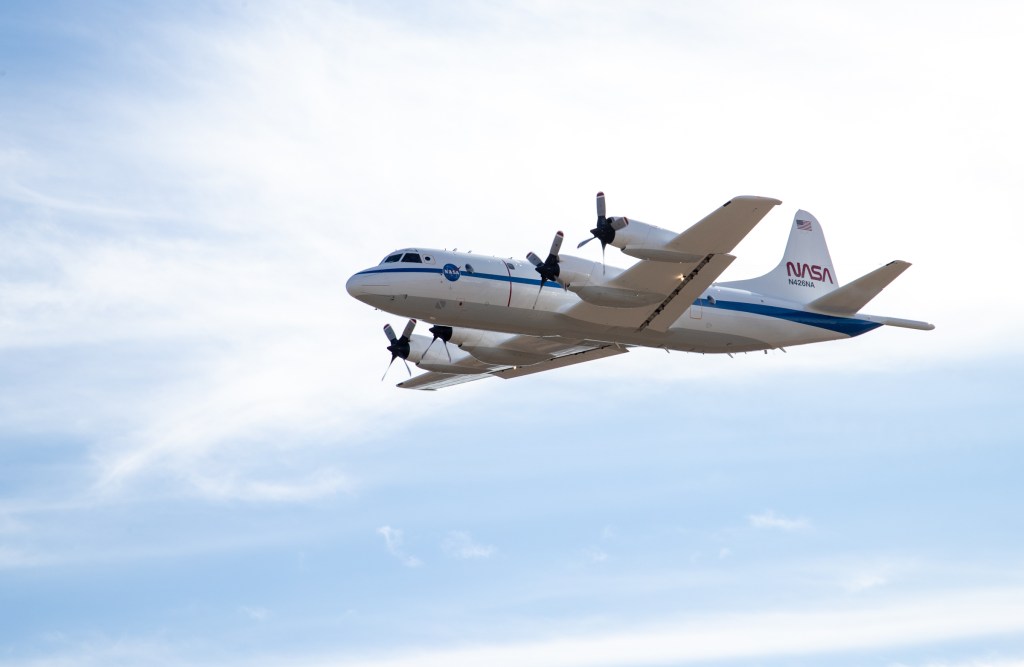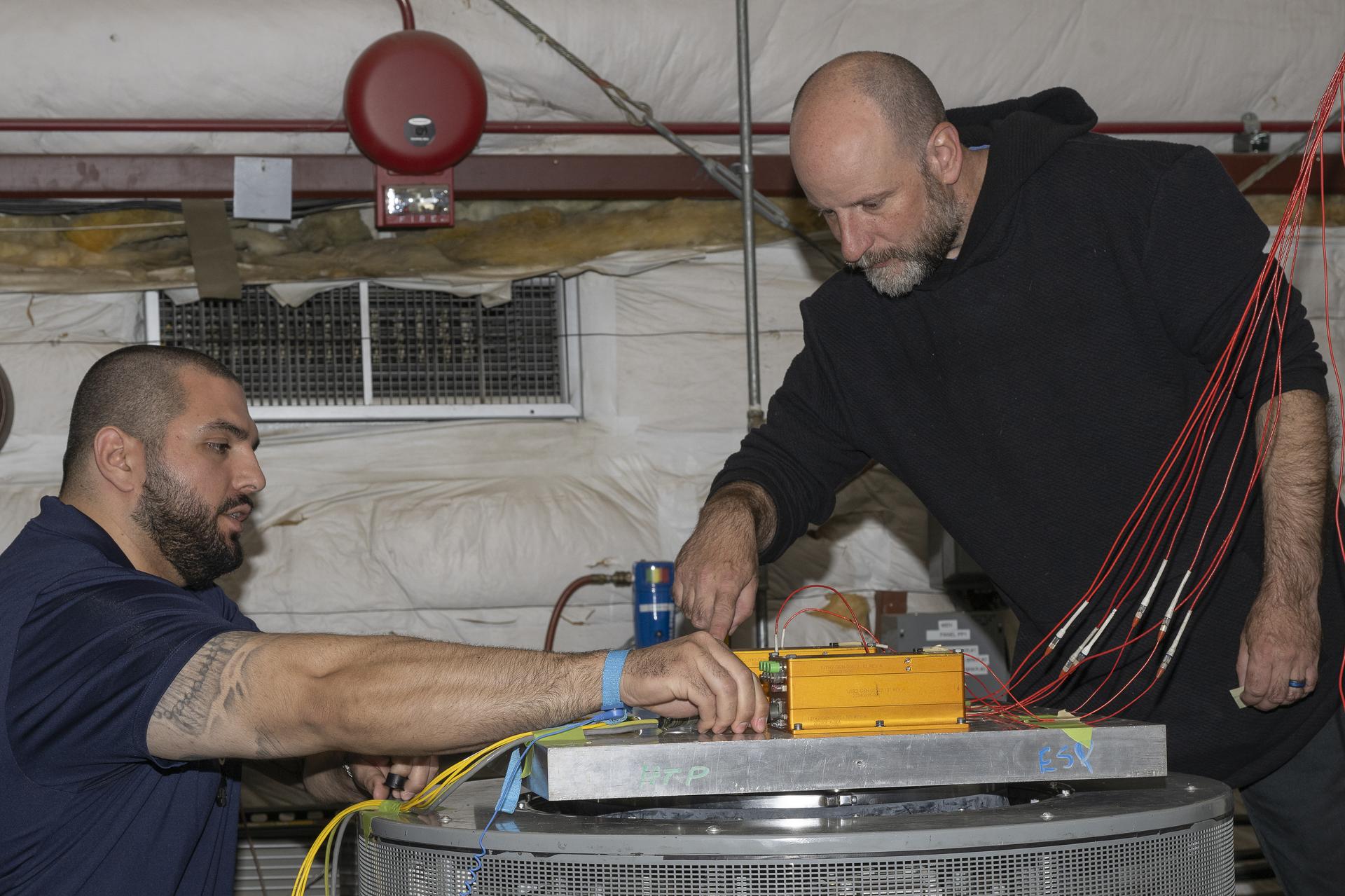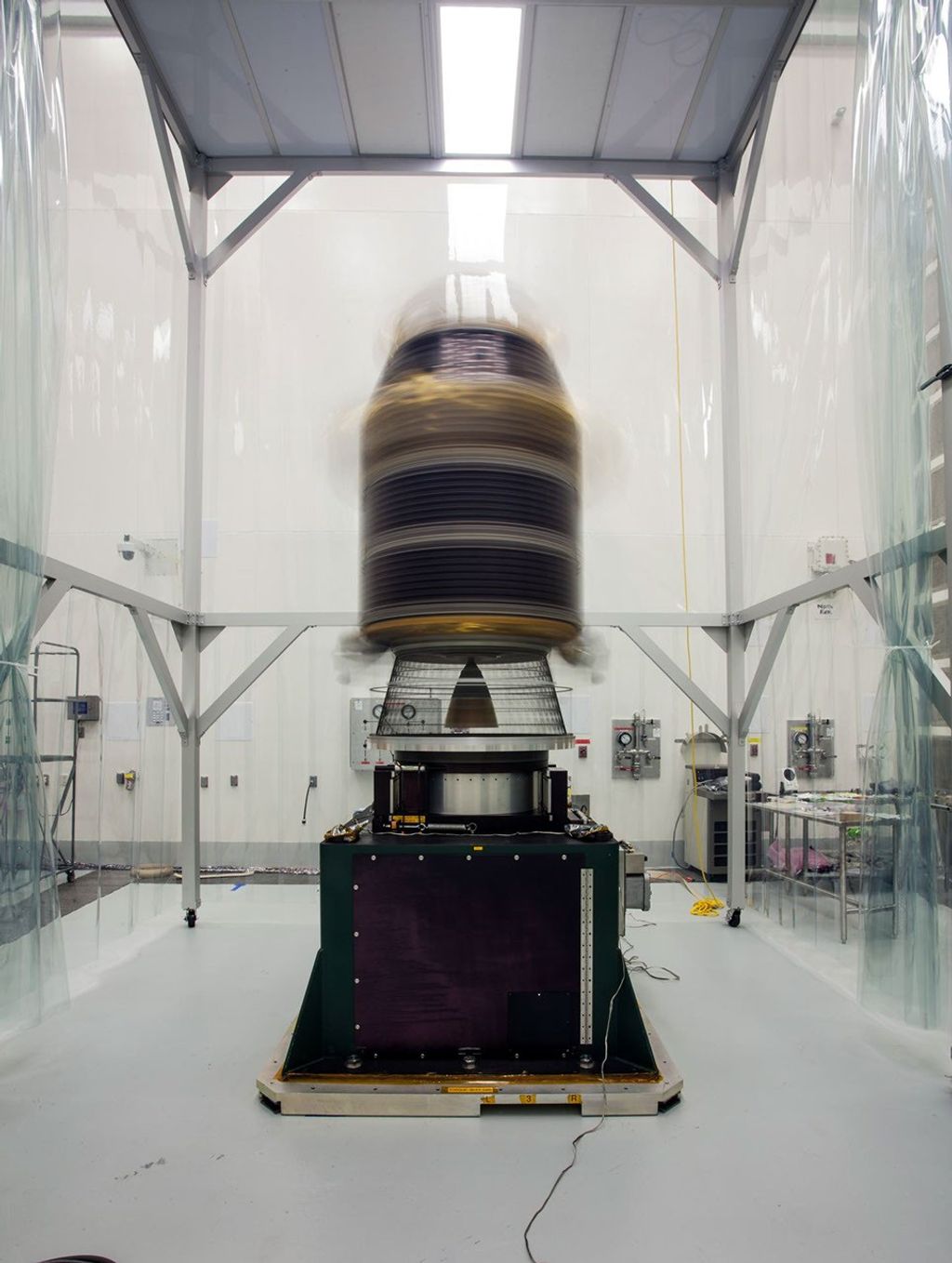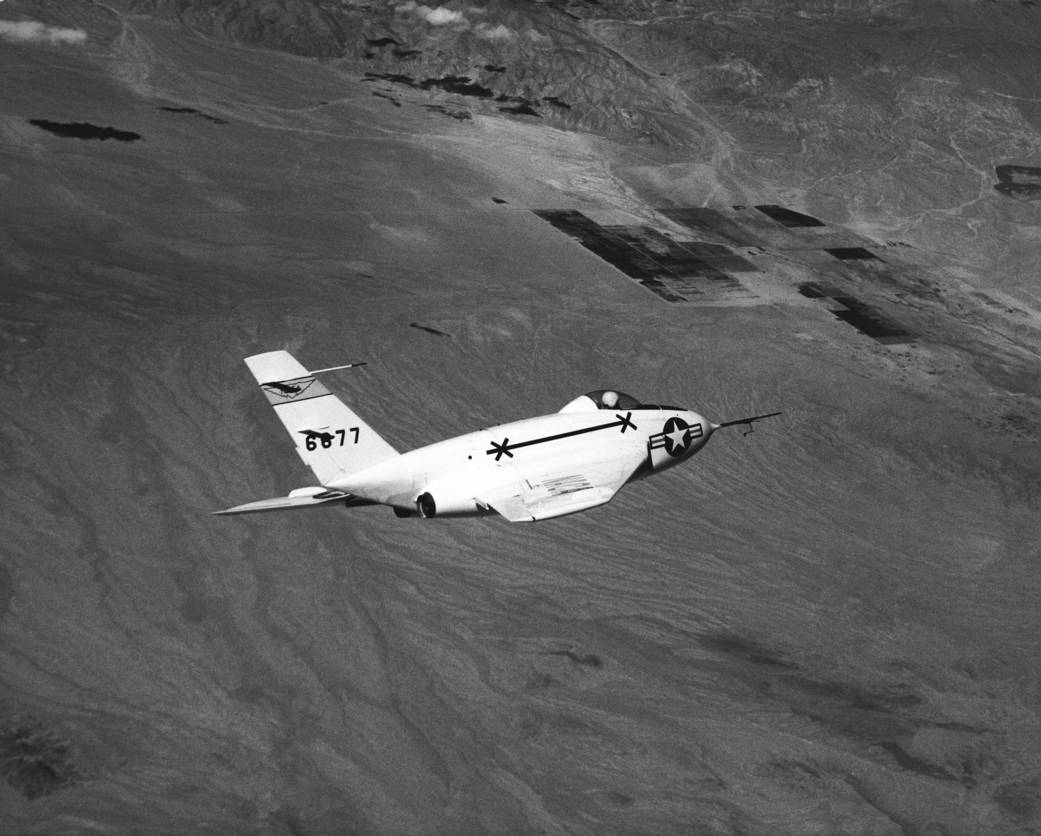The X-4 was designed to test a semi-tailless wing configuration at transonic speeds. Many engineers believed in the 1940s that the such a design, without horizontal stabilizers, would avoid the interaction of shock waves between the wing and stabilizers. These were believed to be the source of the stability problems at transonic speeds up to Mach 0.9.
Two aircraft had already been built using a semi-wingless design – the rocket-powered Me-163 Komet flown by Germany in World War II, and the British de Havilland DH.108 Swallow build after the war. The Army Air Forces signed a contract with the Northrop Aircraft Company on June 11, 1946, to build two X-4s. Northrop was selected because of its experience with flying wing designs, such as the N9M, XB-35 and YB-49 aircraft.
The resulting aircraft was very compact, only large enough to hold two J30 jet engines, a pilot, instrumentation, and a 45-minute fuel supply. Nearly all maintenance work on the aircraft could be done without using a ladder or footstool. A person standing on the ground could easily look into the cockpit. For control without horizontal tail surfaces, the X-4 used combined elevator and aileron control surfaces (called elevons) for control in pitch and roll attitudes. The aircraft also had split flaps, which doubled as speed brakes…Learn more
X-4 #2 was retired to the Air Force Flight Test Museum at Edwards, CA in April of 2001.


